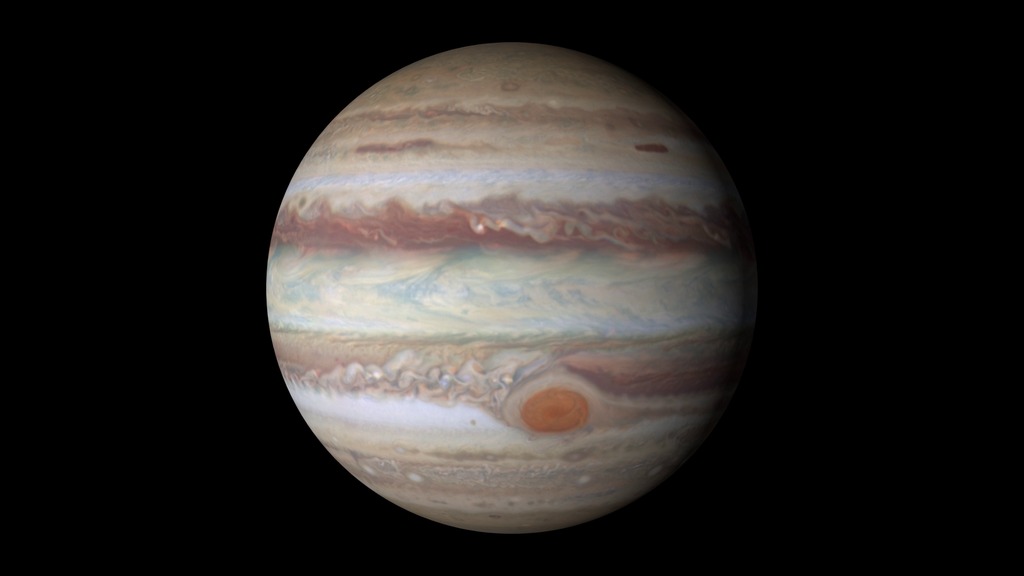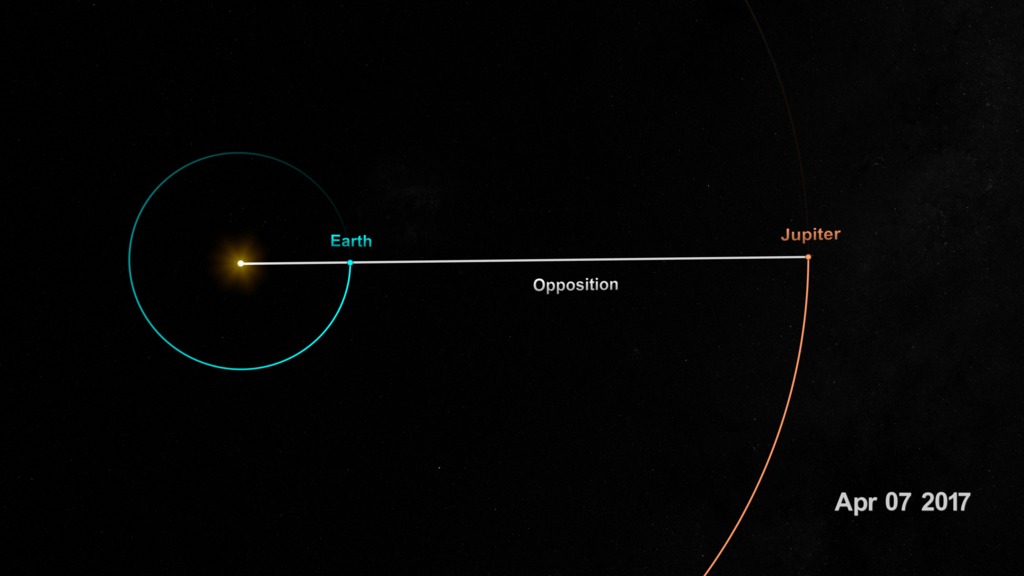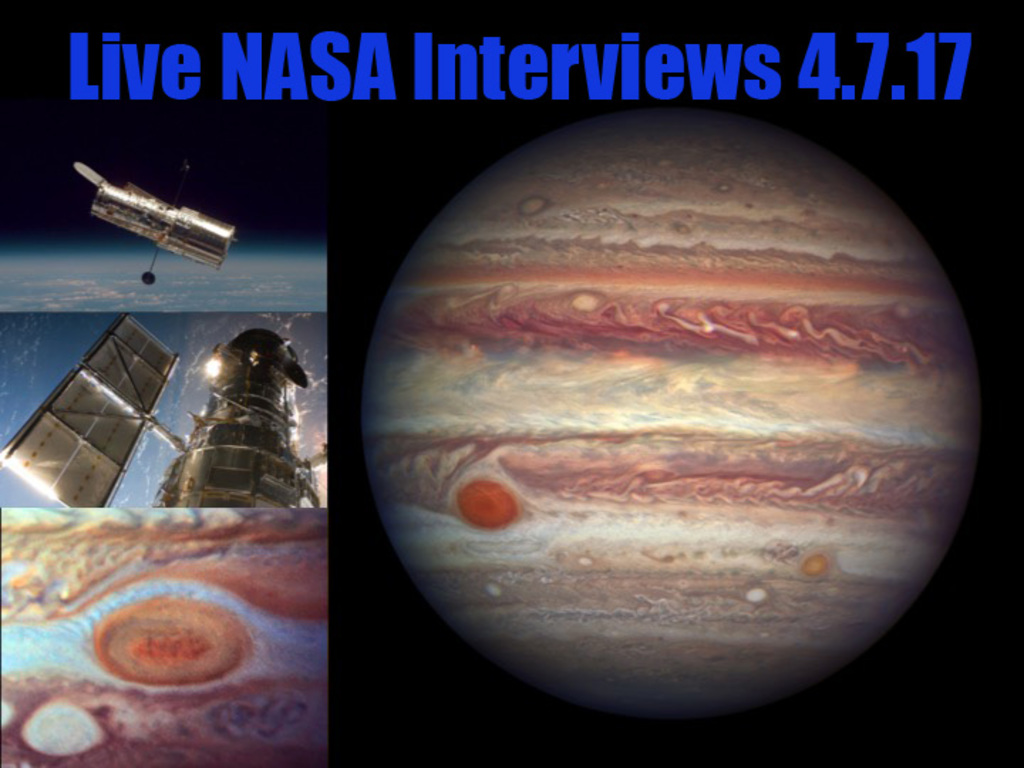Hubble Views Jupiter at Opposition
The Hubble Space Telescope observed Jupiter on April 3rd, 2017 - just days before Jupiter is in opposition on April 7th. This new image of Jupiter is part of Hubble's Outer Planets Atmospheres Legacy program, which is one of many ways Hubble provides science on the Jupiter system.
View the NASA.gov web story here - nasa.gov/feature/goddard/2017/hubble-takes-close-up-portrait-of-jupiterE
View the HubbleSite release images here - hubblesite.org/news_release/news/2017-15
Learn more about Hubble's OPAL program here - archive.stsci.edu/prepds/opal/
Learn more about NASA's Juno mission here - nasa.gov/juno
Learn more about NASA's planned Europa Clipper mission here - nasa.gov/europa
Music credit: "Triangulate" by Gianluigi Gallo [PRS]; El Murmullo Sarao SGAE, Universal Sarao SGAE; SaraoMusic; Killer Tracks Production Music
Watch this video on the NASA Goddard YouTube channel.
Credits
Please give credit for this item to:
NASA's Goddard Space Flight Center
-
Producer
- Katrina Jackson (USRA)
-
Host
- Katrina Jackson (USRA)
-
Editor
- Katrina Jackson (USRA)
-
Videographers
- Rob Andreoli (Advocates in Manpower Management, Inc.)
- John Caldwell (Advocates in Manpower Management, Inc.)
-
Scientist
- Amy A. Simon (NASA/GSFC)
Release date
This page was originally published on Thursday, April 6, 2017.
This page was last updated on Wednesday, May 3, 2023 at 1:47 PM EDT.
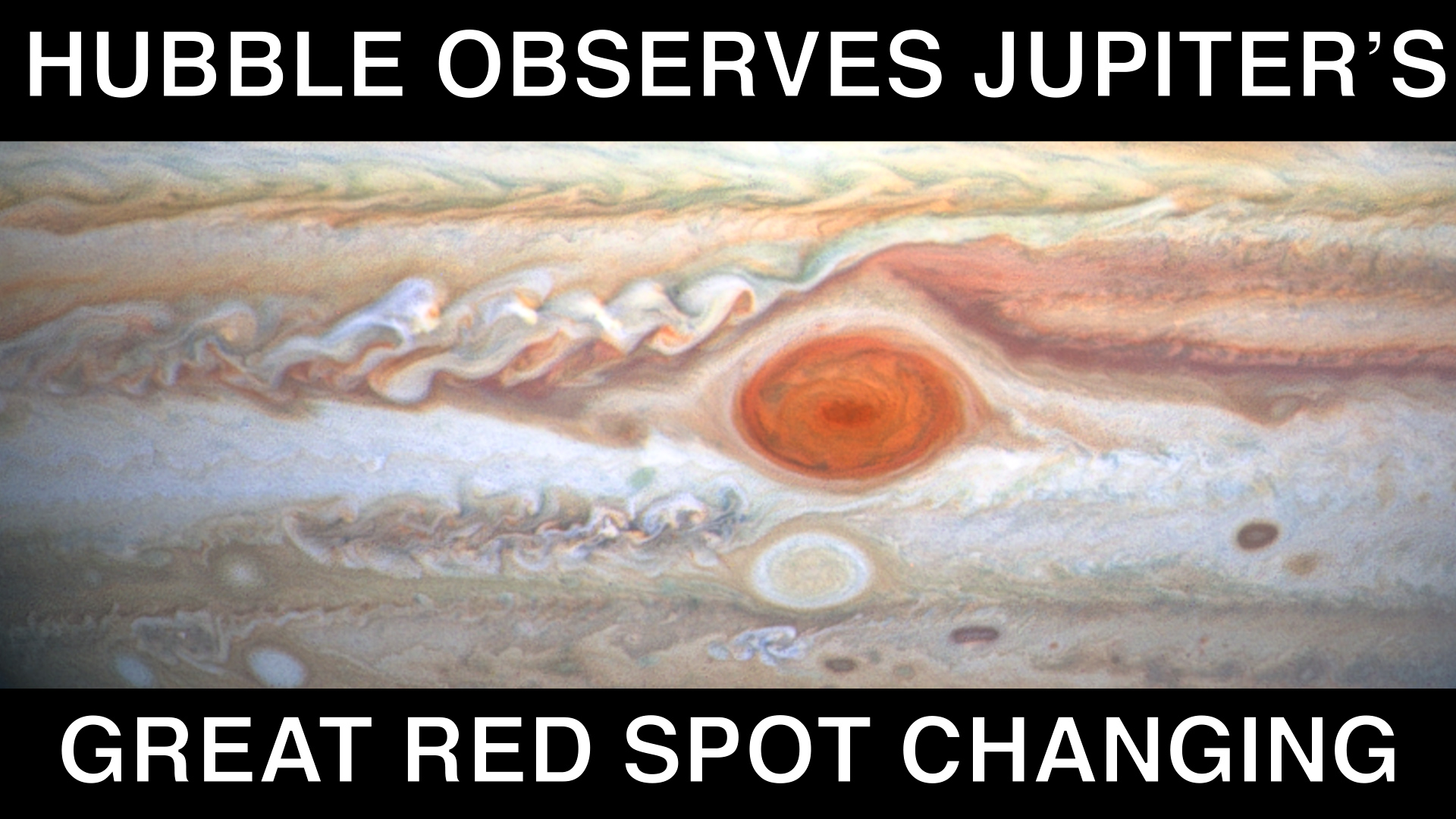
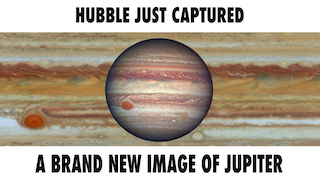
![Watch this video on the NASA Goddard YouTube channel.Music credit: "Struggling in the City" by Emre Ramazanoglu [PRS], Jamie Michael Bradley Reddington [PRS], and Patrick Green [PRS]; Atmosphere Music Ltd [PRS]; BLOCK; Killer Tracks Production Music](/vis/a010000/a012800/a012862/Hubble_Neptune_thumbnail.png)
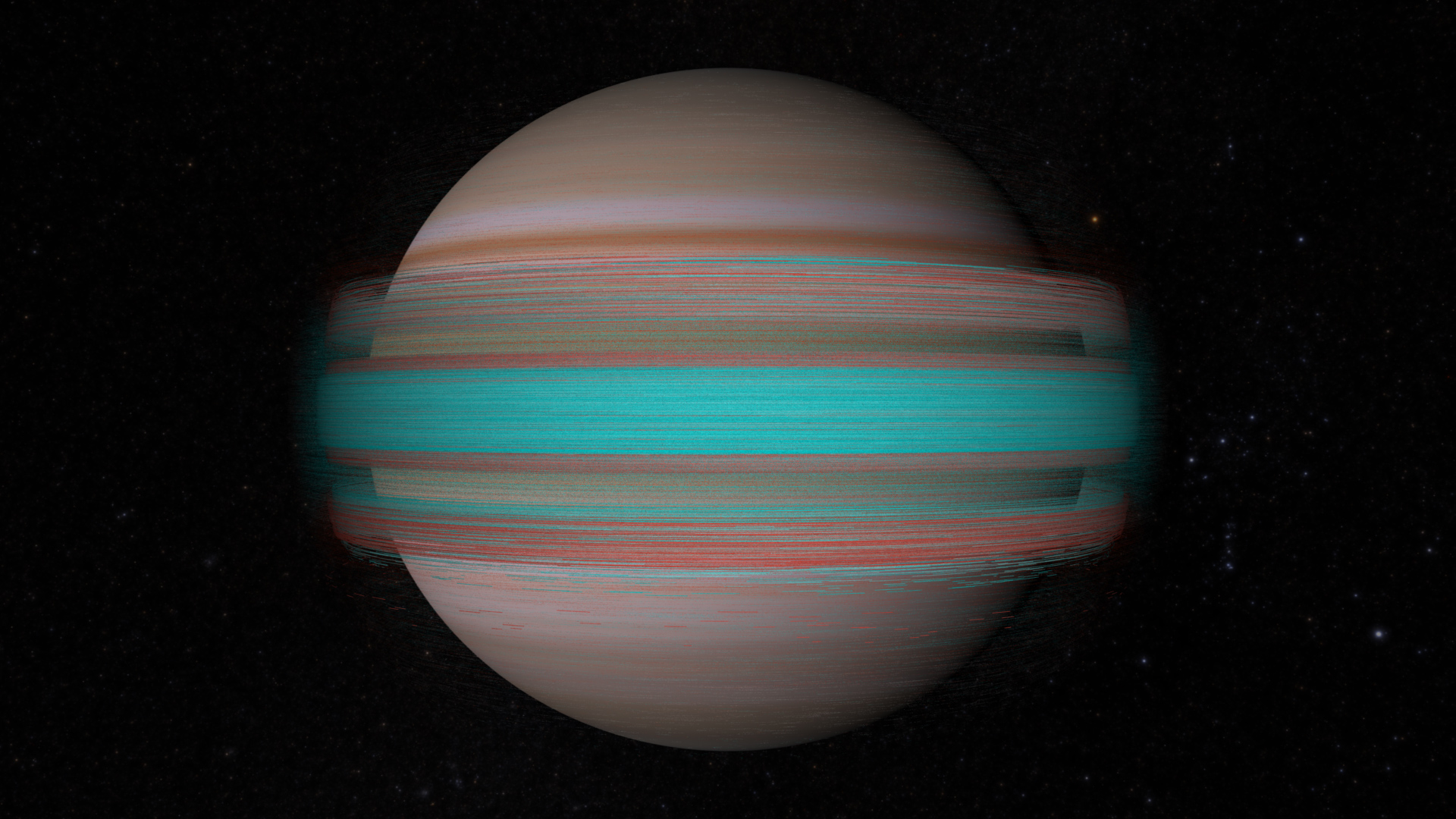
![Web VideoMusic credit: "Next Generation" by Enrico Cacace [BMI]; Atmosphere Music Ltd PRS; Volta Music; Killer Tracks Production MusicWatch this video on the NASA Goddard YouTube channel.](/vis/a010000/a012300/a012375/Hubble_Europa_thumbnail.png)
